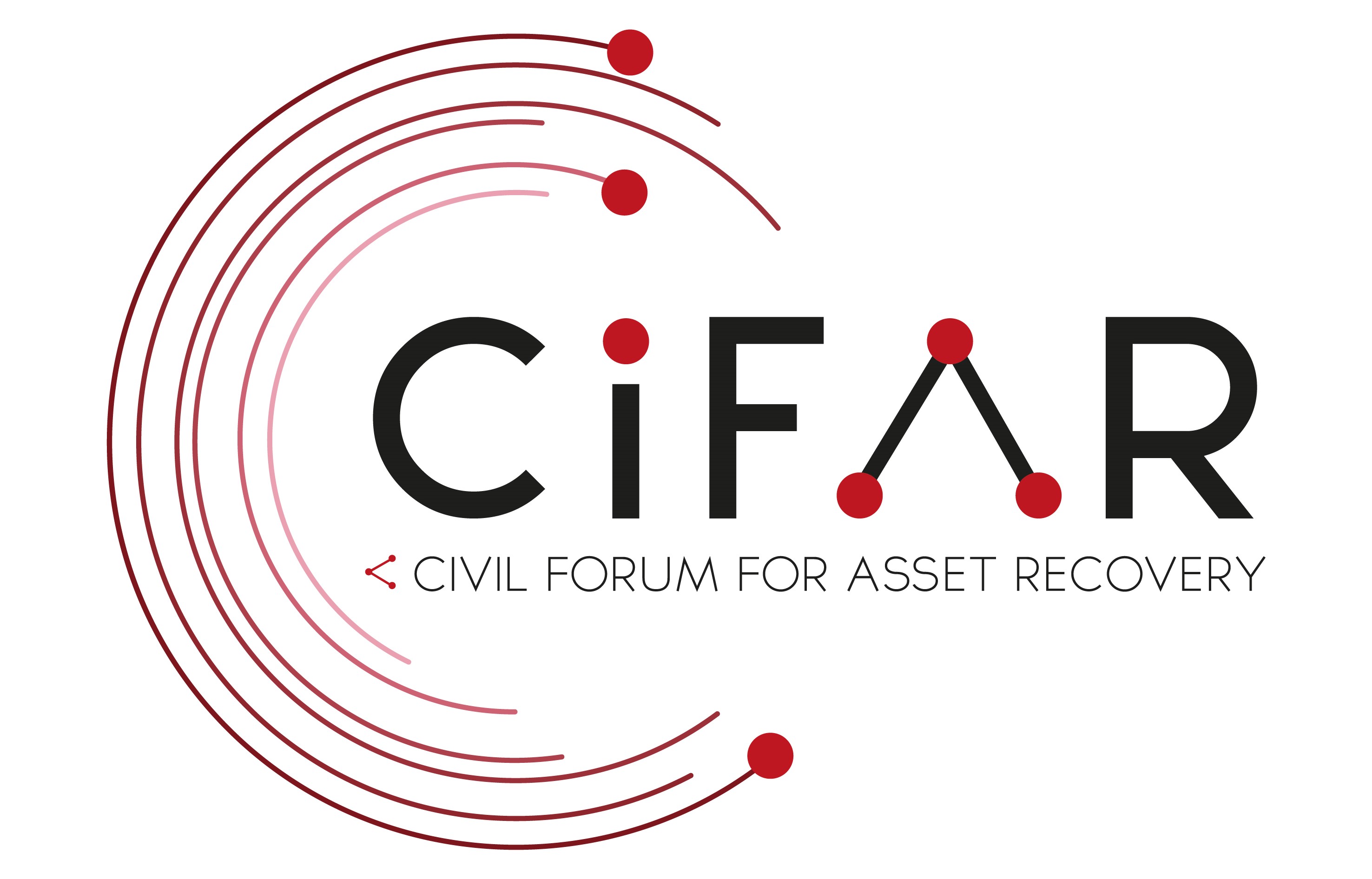The loss of public assets to corruption has a significant impact on countries and their populations. Public programmes, such is infrastructure development and social welfare are deprived of their intended impact due to the loss of funding to corruption, which harms the people who rely on these resources for their well-being. Brought on by work of civil society organisations (CSOs), legislatures, and international organisations, there is a growing effort to prioritize victims in the asset recovery process. Our new paper details these developments.
It describes how Switzerland and the UK have become leaders in creating State level legislation to address the needs of victims in their asset returns. With the introduction of the Restitution of Illicit Assets Act (RIAA) in 2010, and then the Foreign Illicit Assets Act (FIAA) in 2016, Switzerland established its own objectives and procedures to address victims in restitution. These include the requirement for forfeited assets to be returned in a way that improves the living conditions for the people in the country of origin, that assets be returned in the form of funding for public interest programs, and that the restitution should serve to prevent serious crimes from being omitted with impunity. With the FIAA, Switzerland also enabled itself to be able to include non-governmental organizations in the restitution process, thereby allowing a path for victims to have a voice in the restitution process. More recently, the UK published General Principles to compensate overseas victims (including affected States) in bribery, corruption, and economic crime cases. The General Principles outline legal mechanisms for the compensation of victims. They also outline which other departments ought to be collaborated with to identify victims obtain evidence for the claims and ensure a transparent and fair process for the return. Further, in 2022, the UK published a new Framework for transparent and accountable asset return, to ‘ensure consistency, transparency, and accountability’ in their methodology for returns.
There has also been significant development in how international organisations identify victims and address their needs in the asset recovery process. The importance of accounting for and addressing the human rights repercussions of corruption was set as a primary aim in the global expert group meetings on corruption, set in Lima in 2018,and in Oslo and Addis Ababa in 2019. In 2017, the Global Forum on Asset Recovery published Principles for Disposition and Transfer of Confiscated Stolen Assets in Corruption Cases, in which principle (5) states that, ‘stolen assets recovered from corrupt officials should benefit the people of the nations harmed by the underlying corrupt conduct.’ Over the past two years, the UN Human Rights Office of the High Commissioner (OHCHR), the UN Human Rights Council, and the UN General Assembly Special Session against Corruption, and have respectively published the Recommended Principles on Human Rights and Asset Recovery as well as resolutions 46/11 and S-32/1. Each of these contribute significant aspects to the international framework for identifying victim groups and addressing their needs throughout the asset return process.
Civil society has also played a role in this. Through a yearlong process of collaboration with CSOs across the globe, the Civil Society Principles for Accountable Asset Return (CSPAAR) were released in 2020 as minimum framework standard for asset recovery. These principles were designed to serve as a baseline that can be supplemented by countries dealing with the asset return process on a case-by-case basis. They put forward the importance of enabling the participation of victims, victim groups, representatives of victim groups in the asset recovery process itself. The Centre for Civil and Political Rights and the International State Crime Initiative have also developed a paper focused on the link between corruption and human rights arguing that the redistribution procedure should prioritize repairing the harm experienced by victims and emphasized the importance of this conceptual framework for returns.
While on the margins for a time, the role of victims in asset recovery is now taking centre stage. For those interested in learning more, please see our briefing paper that examines the status of victims of grand corruption in asset recovery in more detail.
Blog post by Brianna Rock, CiFAR
